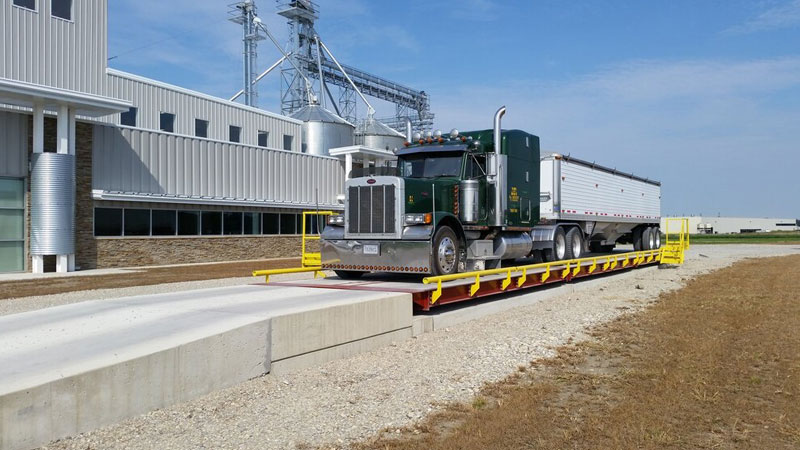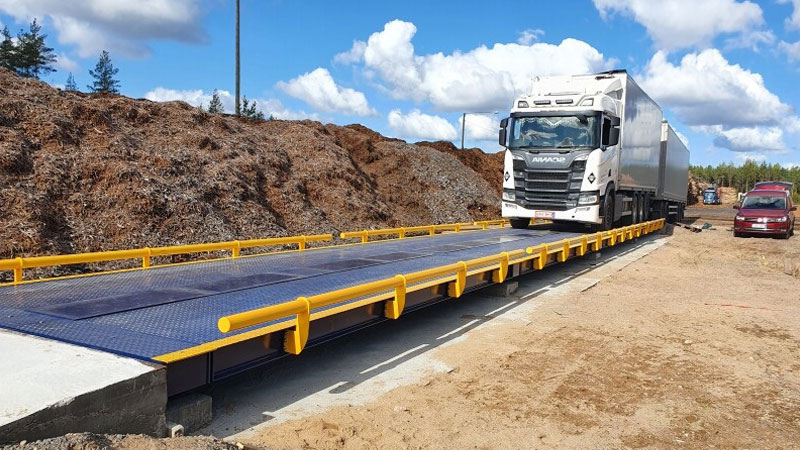In the automotive industry, the accuracy and efficiency of weighbridge truck scales are critical for logistics, inventory management, regulatory compliance, and overall operational success.
Choosing the right weighbridge truck scale can be challenging due to the wide range of options available.
1. Understand Your Application Needs
The first step is to define your specific requirements. Consider the following factors:
- Type of Vehicles: Are you weighing small trucks, heavy-duty trailers, or a mix of vehicle types?
- Load Capacity: Determine the maximum load capacity required to prevent overloading and maintain accuracy.
- Frequency of Use: For frequent use, opt for durable and low-maintenance scales designed for high traffic.
2. Types of Weighbridge Truck Scales
There are different types of weighbridge truck scales, each designed for specific applications:
- Surface-Mounted Scales: Easy to install and ideal for sites with space constraints. These scales are installed on a flat surface and require ramps for vehicle access.
- Pit-Mounted Scales: Installed at ground level, they are space-efficient and eliminate the need for ramps, making them suitable for sites with limited space or for industries prioritizing a seamless appearance.
- Portable Weighbridges: Designed for temporary use or sites where relocation is required, they offer flexibility but may have lower load capacities.
3. Material and Construction
The durability and maintenance needs of the weighbridge depend on the construction material used.
- Steel: Designed for heavy-duty applications with exceptional durability.
- Concrete: Ideal for permanent installations with high loads, offering enhanced stability.
- Combination Scales: Some weighbridges use a combination of steel and concrete for specific benefits, such as durability and ease of repair.
4. Precision and Accuracy
Accuracy is a critical feature, especially for automotive applications involving regulatory compliance or tight inventory control. Look for:
- Load Cell Technology: Opt for advanced load cells, such as digital or hydraulic types, for higher precision.
- Calibration Options: Regular calibration ensures long-term accuracy. Check the ease and cost of recalibration for the selected scale.
5. Software and Integration
Modern weighbridge systems come with integrated software solutions that can streamline operations. Features to look for include:
- Data Management: The ability to track and store weight data for analysis and reporting.
- Integration: Ensure compatibility with your existing ERP or logistics systems.
- Automation: Features such as automatic vehicle recognition, ticketing systems, and remote monitoring can significantly improve efficiency.

6. Environmental Considerations
Weighbridges are often exposed to harsh environments. Consider the following:
- Weather Resistance: Look for scales with weatherproof coatings, anti-corrosion treatments, and robust load cells to withstand rain, snow, and extreme temperatures.
- Foundation Requirements: Ensure that the scale can be installed on your site’s existing terrain, whether soft soil or rocky ground.
7. Maintenance and Support
Long-term reliability depends on ease of maintenance and available support.
- Service Contracts: Many suppliers offer maintenance packages, which can reduce downtime.
- Spare Parts Availability: Confirm that replacement parts are easily accessible.
- Warranty: Opt for scales with comprehensive warranties to protect your investment.
8. Compliance with Standards
Ensure the weighbridge complies with local and international standards, such as:
- OIML (International Organization of Legal Metrology) for accuracy and reliability.
- NTEP (National Type Evaluation Program) approval for U.S. applications.
- ISO Standards for quality and performance.
9. Cost Considerations
While cost is a factor, prioritize quality and suitability over the lowest price. Consider:
- Initial Cost: Includes the scale, installation, and calibration.
- Operational Costs: Maintenance, calibration, and software updates.
- Return on Investment: Investing in efficient scales can reduce errors and boost operational efficiency, ultimately saving money in the long term.
10. Choosing a Reliable Supplier
Choose a supplier with a solid history of success in the automotive sector. Look for:
- Experience: Years of experience and industry-specific expertise.
- Customer Reviews: Check testimonials and case studies.
- Support Services: Make sure the supplier provides installation, training, and reliable after-sales support.





